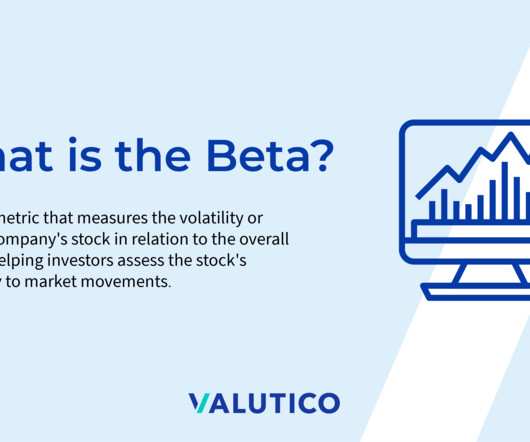Startup Survival Rates: The Risk Factor in Valuation You Should Think More About
Equidam
JULY 8, 2025
When Y Combinator’s demo day showcases 250 promising startups to a room of eager investors, there’s an uncomfortable truth lurking beneath the pitch decks and growth projections: half of these companies will fail , with 1 in 5 shutting down within the first 12 months. Outside of Y Combinator, the rate is higher.











Let's personalize your content